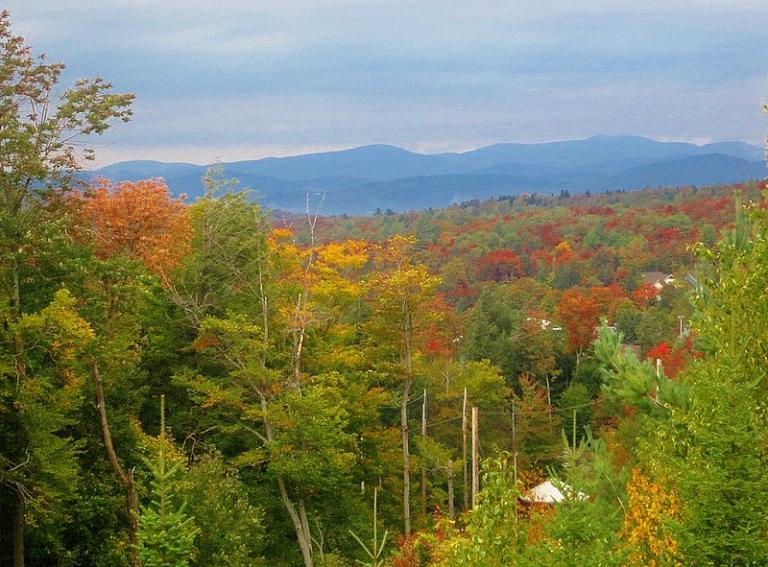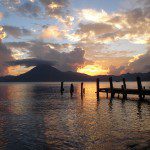
***
New today, on the website of the Interpreter Foundation:
***
We watched the Tabernacle Choir’s commemorative special on the victims of the September 11th attacks this morning, and this evening we watched a substantial portion of Spike Lee’s NYC Epicenters: 9/11 – 2021½. Marred somewhat (especially toward the end) by the intrusion of his personal political views, but very solemn, very moving. Unfortunately, we were unable to catch Mr. Donald J. Trump’s commentary on the Holyfield vs. Belfort fight. We’re just too cheap, I guess. $49.99 is more than I was willing to pay.
***
Here are five more links to articles from a previous volume of Interpreter: A Journal of Latter-day Saint Faith and Scholarship:
Abstract: John S. Thompson explores scholarly discussions about the relationship of the Egyptian tree goddess to sacred trees in the Bible, the Book of Mormon, and the temple. He describes related iconography and its symbolism in the Egyptian literature in great detail. He highlights parallels with Jewish, Christian, and Latter-day Saint teachings, suggesting that, as in Egyptian culture, symbolic encounters with two trees of life — one in the courtyard and one in the temple itself — are part of Israelite temple theology and may shed light on the difference between Lehi’s vision of the path of initial contact with Tree of Life and the description of the path in 2 Nephi 31 where the promise of eternal life is made sure.
[Editor’s Note: Part of our book chapter reprint series, this article is reprinted here as a service to the LDS community. Original pagination and page numbers have necessarily changed, otherwise the reprint has the same content as the original.
See John S. Thompson, “The Lady at the Horizon: Egyptian Tree Goddess Iconography and Sacred Trees in Israelite Scripture and Temple Theology,” in Ancient Temple Worship: Proceedings of The Expound Symposium 14 May 2011, ed. Matthew B. Brown, Jeffrey M. Bradshaw, Stephen D. Ricks, and John S. Thompson (Orem, UT: The Interpreter Foundation; Salt Lake City: Eborn Books, 2014), 217–42. Further information at https://interpreterfoundation.org/books/ancient-temple-worship/.]
, and Moses 1 and the Apocalypse of Abraham: Twin Sons of Different Mothers?”
Abstract: This article highlights the striking resemblances between Moses 1 and a corresponding account from the Apocalypse of Abraham (ApAb), one of the earliest and most important Jewish texts describing heavenly ascent. Careful comparative analysis demonstrates a sustained sequence of detailed affinities in narrative structure that go beyond what Joseph Smith could have created out of whole cloth from his environment and his imagination. The article also highlights important implications for the study of the Book of Moses as a temple text. Previous studies have suggested that the story of Enoch found in the Pearl of Great Price might be understood as the culminating episode of a temple text woven throughout chapters 2–8 of the Book of Moses. The current article is a conceptual bookend to these earlier studies, demonstrating that the account of heavenly ascent in Moses 1 provides a compelling prelude to a narrative outlining laws and liturgy akin to what could have been used anciently as part of ritual ascent within earthly temples.
Mark Alan Wright, “Nephite Daykeepers: Ritual Specialists in Mesoamerica and the Book of Mormon”
Abstract: Mark Alan Wright describes a common type of ritual specialist among the Maya called a “daykeeper.” He discusses similarities and differences with descriptions of ritual specialists in the Book of Mormon, including those who used the Urim and Thummim, performed rituals of healing, experienced near-death episodes at the inauguration of their calling, kept track of calendars, mastered astronomy, and invoked God to bring rain. He finds several intriguing similarities, but also differences — the most important one being that the Nephites understood that the power to do all these things came from the God of Israel rather than the local pantheon.
[Editor’s Note: Part of our book chapter reprint series, this article is reprinted here as a service to the LDS community. Original pagination and page numbers have necessarily changed, otherwise the reprint has the same content as the original.
See Mark Alan Wright, “Nephite Daykeepers: Ritual Specialists in Mesoamerica and the Book of Mormon,” in Ancient Temple Worship: Proceedings of The Expound Symposium 14 May 2011, ed. Matthew B. Brown, Jeffrey M. Bradshaw, Stephen D. Ricks, and John S. Thompson (Orem, UT: The Interpreter Foundation; Salt Lake City: Eborn Books, 2014), 243–58. Further information at https://interpreterfoundation.org/books/ancient-temple-worship/.]
Abstract: An article recently published in an online journal entitled “The Entheogenic Origins of Mormonism: A Working Hypothesis” posits that Joseph Smith used naturally occurring chemicals, called “entheogens,” to facilitate visionary experiences among his early followers. The entheogenic substances were reportedly derived from two mushrooms, a fungus, three plants (including one cactus), and the secretions from the parotid glands of the Sonoran Desert toad. Although it is an intriguing theory, the authors consistently fail to connect important dots regarding chemical and historical cause-and-effect issues. Documentation of entheogen acquisition and consumption by the early Saints is not provided, but consistently speculated. Equally, the visionary experiences recounted by early Latter-day Saints are highly dissimilar from the predictable psychedelic effects arising from entheogen ingestion. The likelihood that Joseph Smith would have condemned entheogenic influences as intoxication is unaddressed in the article.
Abstract: Some critics of the Book of Mormon suppose that the DNA characteristics of modern Native Americans should be compatible with “Israelite” rather than with Asian genetics. The authors point out that while DNA is a valid tool to study ancient and modern populations, we must be careful about drawing absolute conclusions. They show that many of the conclusions of critics are based on unwarranted assumptions. There are specific limitations that cannot be ignored when using the available genetic data to infer conclusions regarding the DNA of Book of Mormon peoples. Such conclusions are not founded on solid science but are the interpretation of a few, as genetic data fails to produce conclusive proof weighing credibly in favor of or against the historicity of the Book of Mormon.
[Editor’s Note: Part of our book chapter reprint series, this article is reprinted here as a service to the LDS community. Original pagination and page numbers have necessarily changed, otherwise the reprint has the same content as the original.
See Ugo A. Perego and Jayne E. Ekins, “Is Decrypting the Genetic Legacy of America’s Indigenous Populations Key to the Historicity of the Book of Mormon?,” in Ancient Temple Worship: Proceedings of The Expound Symposium 14 May 2011, ed. Matthew B. Brown, Jeffrey M. Bradshaw, Stephen D. Ricks, and John S. Thompson (Orem, UT: The Interpreter Foundation; Salt Lake City: Eborn Books, 2014), 259–94. Further information at https://interpreterfoundation.org/books/ancient-temple-worship/.]
Posted from Smugglers’ Notch, Vermont












